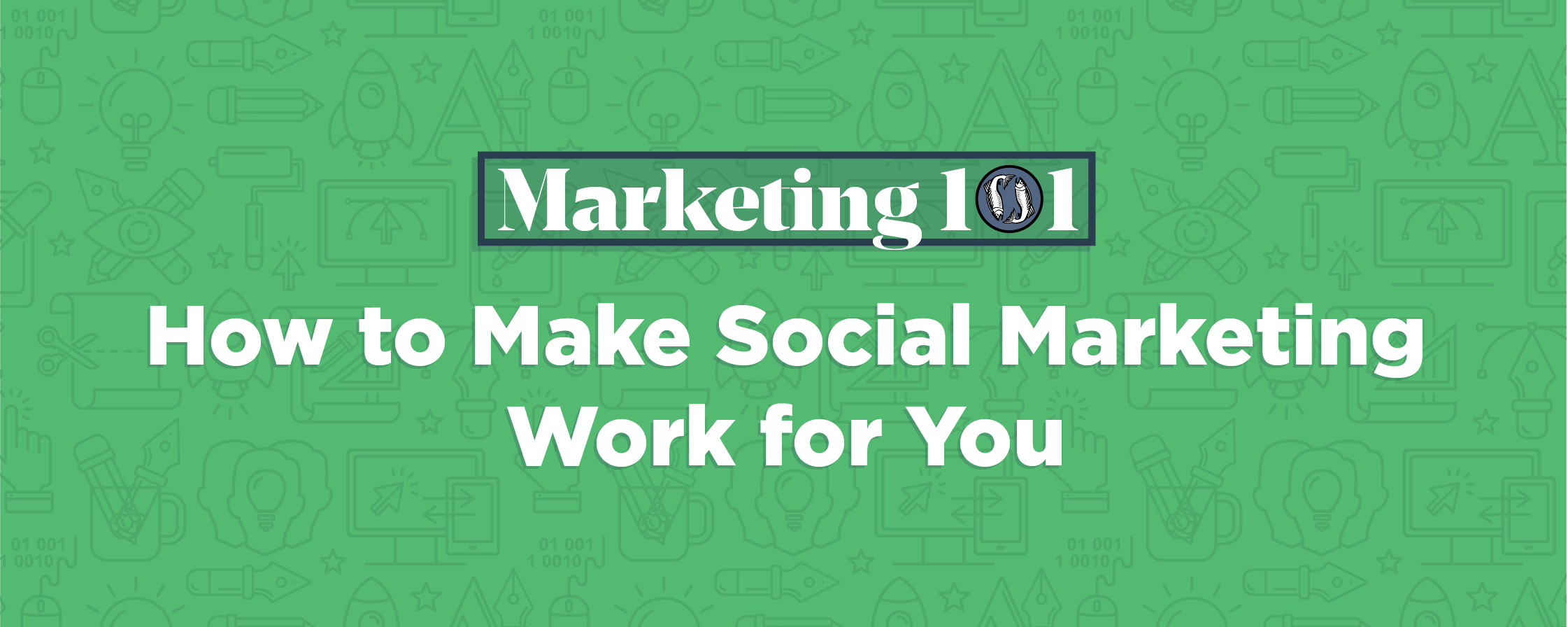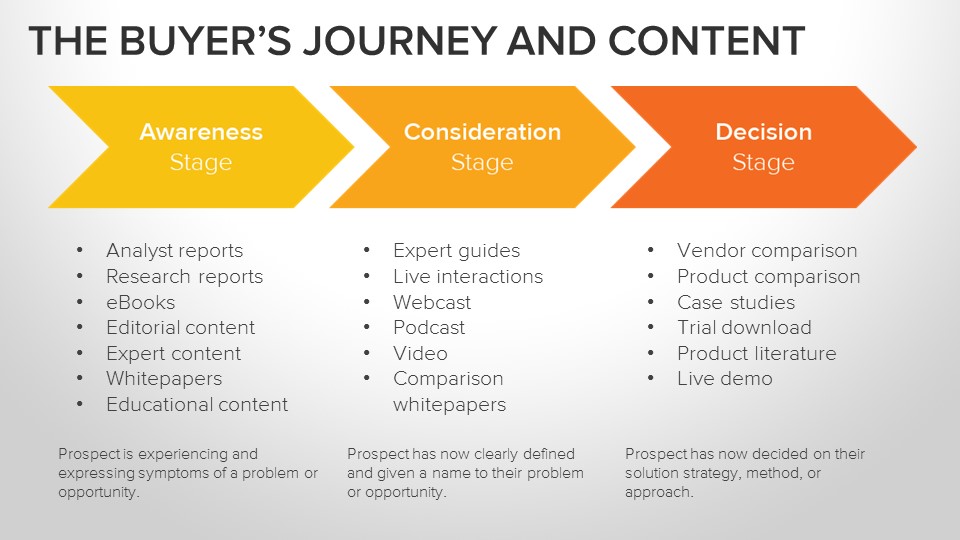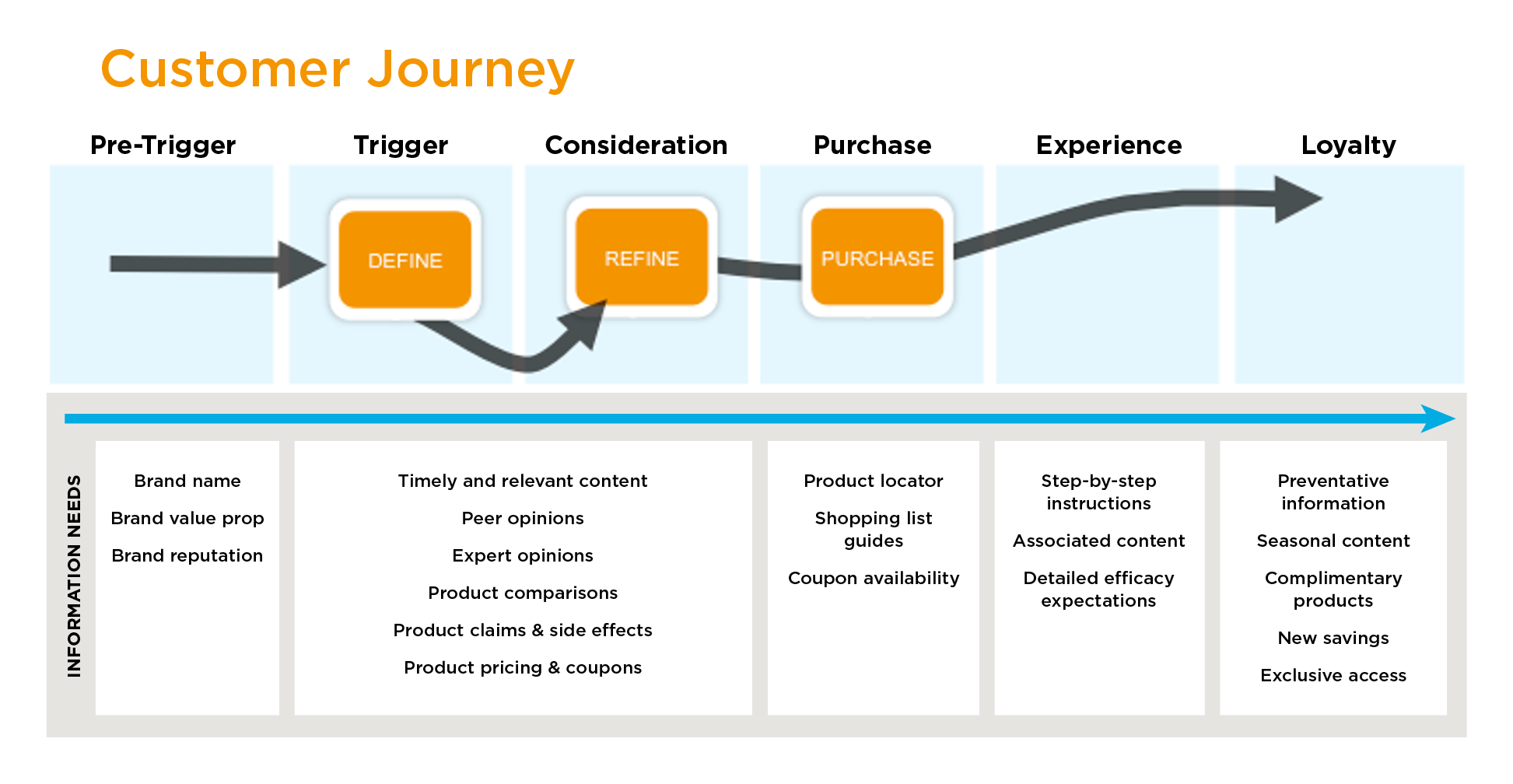- Marketing 101

Do you find social media marketing frustrating? If you don’t, that’s probably because you haven’t tried it. (Ha!) But, seriously, social media is often a major source of consternation or confusion when we start working with a new client. They wonder, “What channels should I be on?”, “How often should I be posting?”, “Why aren’t people liking my posts?”, “Should I even be on social?”
We hope to answer these questions for you throughout this article. But if you take any one thing away from it, let it be this: Social strategy is not one-size-fits-all. There’s no secret formula for social success, just good strategy and hard work.
Should you be on social?
Social can take a lot of work. You might wonder if it’s even worth having a social presence. Our answer is, “Yes, probably.”
It’s a highly digital world, and people spend a lot of time on social. You might say, “Well, more people are choosing to step away from social or decrease the time they spend on it,” and that’s true. But 70% of Americans still actively use social.
A social presence can help you reach new customers, engage with your fanbase, gather reviews, even provide customer support. It also simply shows people searching for your business that you’re alive and kicking. So, yes, we recommend a social presence of some sort. But that doesn’t necessarily mean you have to go all out. What counts as an “effective social presence” varies greatly depending on the organization, the audience, and the goals.
Before diving into social, your first step should be referring to your organizational marketing goals (or setting them, if you don’t yet have any). What do you want to achieve through marketing? Then, think about how social will fit into that. How will it contribute to achieving your goals? (E.g., I want to drive more leads to my website through social, which will help me achieve my goal of increasing website traffic by X amount.) Your overarching goal for social—as for most channels—is likely “driving more leads and sales,” but you could have secondary goals like engaging your audience, providing great customer service, and leveraging social listening. These can still help you achieve your main goals, though not as directly.
Once you plan your goals out, then you can get to work crafting your social strategy.
What channels should you be on?
You guessed it—the ideal social channels for you depend on your strategy (and your industry and audience).
Now that you have your social goals, use them to choose your channels. B2B company looking to connect with more leads? LinkedIn is your best bet. And you probably want to leverage YouTube for product explainer and walkthrough videos. B2C clothing store looking to raise awareness of your product in the consumer realm and leverage influencers? Try out Instagram and TikTok.
Of course, your channels of choice depend on your audience demographics as well. 41% of TikTok users are between the ages of 16 and 24, while the age range 18-24 makes up just 23.8% of Facebook users. 71% of Pinterest users are female vs. 54.3% on Facebook. Look into the demographic breakdown of each social channel to inform which channels you choose to pursue.
But just because one or two channels make the most sense for you doesn’t mean you can’t have a presence on others. Consider that your focus can be on a certain channel or a few channels, and you can have a secondary presence on others. For instance, maybe you don’t post often on Twitter, but you keep your account open for customer service.
Don’t agonize for too long about which channels to choose. Make your informed decisions and get started. You can always add a channel in the future, or minimize your presence or even shut it down on a channel that ends up doing nothing for you.
How much should you be posting?
Now we’ll answer one of the most common questions we get. “How many times per week should I post?” Get ready for a really satisfying answer . . .
. . . As much as it makes sense to do so.
Don’t worry; we’ll help you think through that. The number one criterium is quality over quantity. It makes more sense for you to post less often but with more engaging content. (We’ll cover what qualifies as quality, engaging content in the next section.) Posting more does not equal more social media success. It could even harm your social presence, as social algorithms throttle your reach if people aren’t showing they care about your posts by liking, commenting, sharing.
Where to start? Try posting a few times a week. If that’s easy, and people are interacting with your posts, post more often, maybe daily, maybe several times daily. You might have a more frequent cadence on one channel than on another.
What should you be posting?
What content should I be sharing on social? The most important question of all. And the answer is the most nuanced.
There isn’t one type of content you should be sharing. Instead, post a mix that depends on each channel and the buyer’s journey. The buyer’s journey is the, well, journey your customers take from first realizing they need a product or service to then finally purchasing what you offer. In each stage, certain information will resonate with them.

Examples of content that can be effective in the stages of the B2B buyer’s journey.
Source: https://blog.hubspot.com/customers/bid/109543/why-your-content-needs-to-be-aligned-with-your-buyers-journey
Now, the B2C buyer’s journey is different, as purchases are typically less involved. Consider the implications of buying a t-shirt for yourself versus a pricey marketing automation software that a whole team of marketing and salespeople will use and will house thousands of contacts. The B2C journey is typically faster and more emotion-based (although purchases like cars are higher-involvement). But the same steps—awareness, consideration, decision—apply, and there are still different content types and messages to leverage in each.
 Examples of content that can be effective for the B2C buyer’s journey.
Examples of content that can be effective for the B2C buyer’s journey.
Source: https://contentmarketinginstitute.com/2016/05/model-buyers-journey/
Create a mix of awareness, consideration, and decision content to meet your customers at their point in the journey. We go over this in-depth, with content examples, in our article “Social Media and the Buyer’s Journey.”
Bottom line, your content shouldn’t be all decision-level hard sell (“Buy now! Here’s a coupon!”), nor should it be all tangential or awareness-level. If you’re having trouble imagining what messages to share with your customer in each stage, refer to your customer personas. Don’t have any? Time to make some!
Why aren’t you getting tons of likes?
It’s a bummer when a post you spent time on and think is great isn’t getting any attention.
When reviewing the performance of content, remember that engagement (likes, comments, shares) isn’t always an indication of success. These data are called “vanity metrics” for a reason. While they aren’t useless (you, of course, want to be sure your content resonates with and engages your audience as much as possible, especially if social is one of your main awareness channels), keep an eye on your main goals for social and marketing in general. Every so often, maybe a quick check monthly and a more in-depth audit quarterly, review your social data and determine if what you’re doing is on track to deliver ROI. Here’s a guide for choosing which social media metrics to focus on.
Keep in mind that it’s harder than ever to reach your audience on social. There is just so much content out there warring for our attention, and social channels have to sort through it and try to show us what we want to see (as well as ads, because, ya know, they want to make money). The reach of business posts is just not what it once was. So don’t be discouraged by low reach and low engagement, however you define that. Just try to see what types of posts and content give you the best reach, engagement, and conversions, and focus on that.
What about ads?
That’s a great segue into the topic of social advertising. Social ads are an important aspect of a business’s social strategy because organic unpaid reach is so low. The hard truth is that unless you have incredible content that’s frequently going viral, you need to “pay to play” on social.
Don’t despair. Social ads are really quite affordable. Even a boost of twenty dollars can get your posts hundreds more views. And you can target ads pretty specifically.
Get to it!
We hope the information in this article has given you the confidence to rethink or reshape your social strategy.
Like all marketing, social marketing requires trial and error. Do the best you can with your current knowledge, watch what happens, and adjusted as needed. You got this!
If you ever feel overwhelmed or you’re not sure where to start, give us a call! We’d be happy to assist and help you develop and navigate your own social media strategy.
Be sure to check out more Marketing 101 content and subscribe to be notified right away when new content is released!
Remember, you can always submit questions for us to cover!
SHARE IT!
-
Marketing 101
Marketing 101: Why You Need Personas + How To Create Them
-
Marketing 101
Marketing 101: What You Need to Know About Search Marketing




